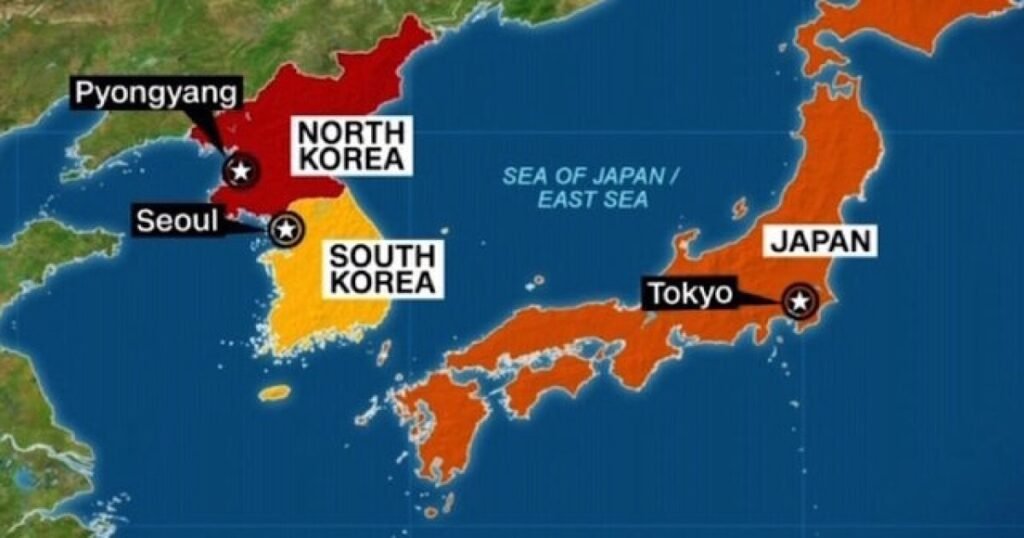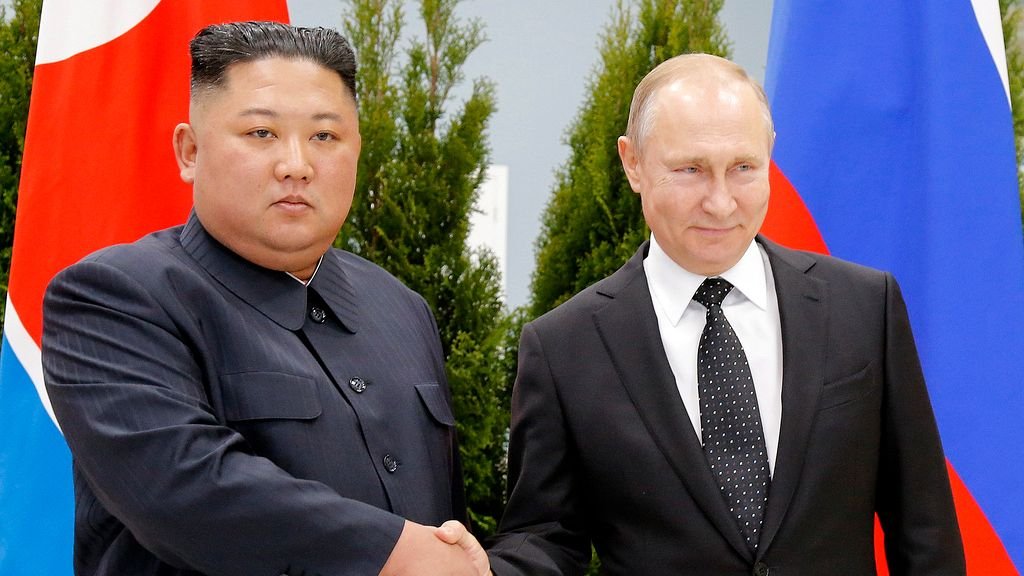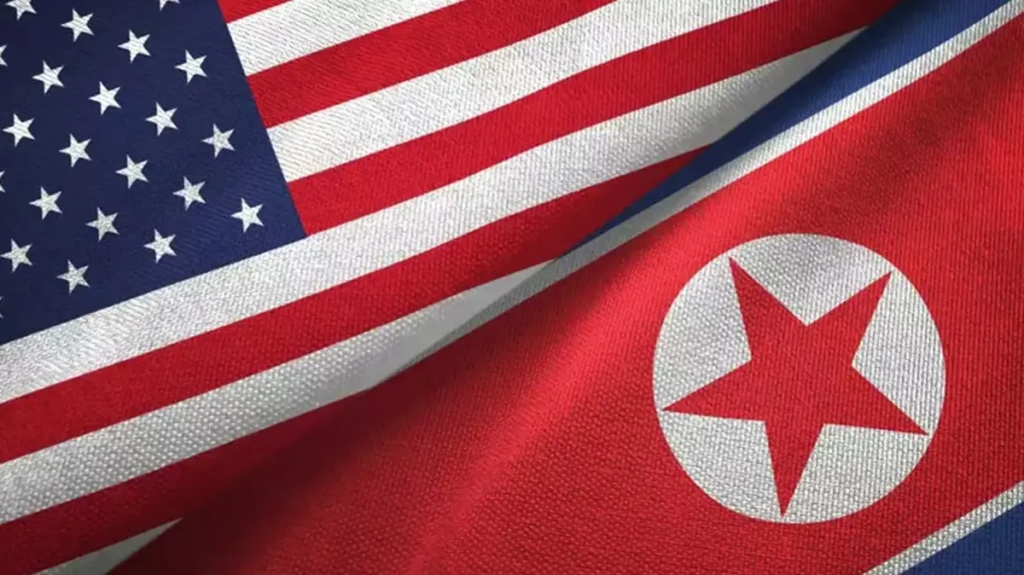In January, North Korea analysts Robert Carlin and Siegfried Hecker published an article asserting that, “like his grandfather in 1950, Kim Jong Un has made a strategic decision to go to war.” The analysts suggest that following the failed 2019 Hanoi Summit, North Korea abandoned its decades-long aim of normalizing relations with the U.S. They point to shifts in North Korean rhetoric and policy, warning that the situation may indeed be moving toward a “worst-case scenario”—namely, North Korea potentially considering military action backed by its nuclear capabilities.
While claims about North Korea’s intentions often provoke skepticism, this analysis has attracted notable attention because of the authors’ credibility. Carlin, a former head of the State Department’s Northeast Asia Division, and Hecker, former director of the Los Alamos National Laboratory, are respected experts who have directly engaged with North Korean nuclear developments. Their recent warning invites a critical question: What would lead two experienced analysts to predict such a significant shift by North Korea, and is this truly where the Kim regime is heading?
Though it’s not yet irrefutable that North Korea has committed to a pro-war stance, Carlin and Hecker’s concerns highlight North Korea’s increasingly antagonistic approach to the U.S. Détente seems to have been replaced by an alignment with nations that challenge U.S. dominance, signaling a shift that’s driven by the militarization of the Pacific, U.S. sanctions, right-wing policies in South Korea, and Washington’s broader commitment to “great power competition.”
A Failed Summit and a Cycle of Escalation
The 2019 Hanoi Summit marked a turning point in U.S.-North Korea relations. Instead of exploring a phased disarmament plan, the Trump administration demanded full denuclearization up-front, leaving North Korea feeling that negotiations were futile. Since then, Kim Jong Un has doubled down on missile testing, setting records in 2019 and again in 2022. Yet Hanoi is only one part of the story. Under President Biden, North Korea has not been a diplomatic priority. While the administration repeatedly offers to meet “without preconditions,” it has done little to entice North Korea to the table. Instead, a pattern of mutual distrust and escalating military maneuvers has emerged. The Biden administration strengthens its regional military presence under the pretense of deterrence, yet this only deepens North Korean suspicions of U.S. intentions.

In July, for the first time in forty years, a U.S. nuclear-armed submarine docked in Busan, South Korea. South Korean President Yoon Suk-yeol, known for his hawkish stance, declared that any “nuclear provocation” from the North would result in “the end of the regime.” The U.S. has also increased military exercises in the region, often with South Korea and Japan, leaving North Korea feeling encircled by hostile forces.
Trilateralism and Expanding Alliances
The shift toward trilateral security cooperation between the U.S., South Korea, and Japan represents another flashpoint. The August 2023 Camp David summit, where leaders from the three countries committed to “annual, multi-domain trilateral exercises,” underscored this new strategic alignment. For the U.S., however, the goal is likely as much about containing China as it is about deterring North Korea.
Much like the AUKUS deal with Australia, trilateral cooperation serves a dual purpose for Washington. While officially aimed at stabilizing the region, it effectively establishes a coalition against China’s growing influence. This move aligns with Washington’s aim of reinforcing an anti-China bloc in the Indo-Pacific, a strategy that hinges on the cooperation of conservative South Korean leadership.
President Biden praised the reconciliation efforts between Japan and South Korea, despite South Korea’s ambivalence given its historical grievances with Japan. Yet Yoon’s government, representing a more conservative and pro-military stance, has chosen to move beyond these issues, using South Korean funds to compensate victims of forced labor rather than seeking contributions from Japan.

The Biden Administration and Yoon Suk-yeol’s Military Strategy
South Korean President Yoon Suk-yeol’s narrow 2022 victory enabled him to push a conservative, militarist agenda that aligns closely with U.S. interests. He has suggested that South Korea could consider a nuclear option, a comment that likely influenced the U.S. decision to expand deterrence measures, including the deployment of nuclear-armed submarines in the region.
Yoon’s militarism has extended domestically, with South Korea reviving national defense drills and staging its first military parade in downtown Seoul in a decade. He has repeatedly invoked anti-communist rhetoric, accusing the South Korean opposition of aligning with the North, a divisive tactic reminiscent of past conservative administrations. Such extreme rhetoric threatens to destabilize South Korean democracy, which remains fragile despite its relative strength compared to some alliance partners.
Strengthening Ties with Russia Amid Growing Isolation
In 2023, North Korea’s alliance with Russia intensified, with reports indicating that North Korea supplied Russia with military equipment and munitions for use in the Ukraine conflict. The relationship has become mutually beneficial: North Korea gains cash, fuel, and much-needed resources, while Russia, struggling under broad international sanctions, secures additional military supplies. This alliance exemplifies how U.S.-led sanctions, intended to isolate “rogue” states, can inadvertently drive them closer together.
The Biden administration’s sanctions on Russia and Iran have inadvertently forged alliances among U.S. adversaries. The arms trade between Russia and North Korea, recently evidenced by Russia’s use of North Korean missiles in Ukraine, symbolizes the shift. It also demonstrates how punitive measures have drawn economically isolated nations into closer cooperation, potentially strengthening anti-U.S. alliances across the board.

The Strategic Shift: An Inevitable Outcome?
North Korea’s realignment underscores the limits of a U.S. strategy that prioritizes military primacy and competition over diplomacy. North Korea, once open to negotiation, now appears to have closed that chapter and shifted toward countries that resist U.S. dominance. The shift is not irrational; it is a response to the security environment shaped largely by U.S. policies.
From North Korea’s perspective, the landscape is bleak. It feels betrayed by the failed Hanoi talks and views the U.S. military presence as increasingly hostile. It also sees an opportunity in strengthening ties with Russia and, potentially, with other sanctioned nations.

While some may argue this analysis overemphasizes U.S. influence, the fact remains that global security dynamics are disproportionately shaped by Washington’s actions. North Korea’s choices may be alarming, even dangerous, but they are logical responses to an asymmetric power dynamic dominated by the United States.
The Kim regime’s decision to draw closer to its allies and further from the U.S. likely increases the risk of conflict. However, resolving this tension will require more than a shift in U.S.-North Korean relations; it calls for a reassessment of U.S. policy across the Asia-Pacific and beyond. The current trajectory—intertwining North Korea, China, and Russia in the shadow of U.S. power competition—has global repercussions.
The Urgency of a New Strategy
The stakes have never been higher. North Korea’s nuclear program remains active, and U.S.-Russia arms agreements are set to expire in 2026, while both Russia and China are expanding their nuclear capabilities. The U.S. is investing $1.7 trillion over the next three decades to modernize its own arsenal. In this tense environment, continued escalation could push the world toward nuclear conflict.
In the end, the drive for military primacy and “great power competition” poses a profound risk to global stability. The escalating tensions with North Korea, entangled with broader geopolitical rivalries, reveal the dangers of a strategy rooted in dominance rather than diplomacy. Unless this course changes, the world risks facing the catastrophic consequences of unchecked militarization and rivalry among nuclear-armed powers.

